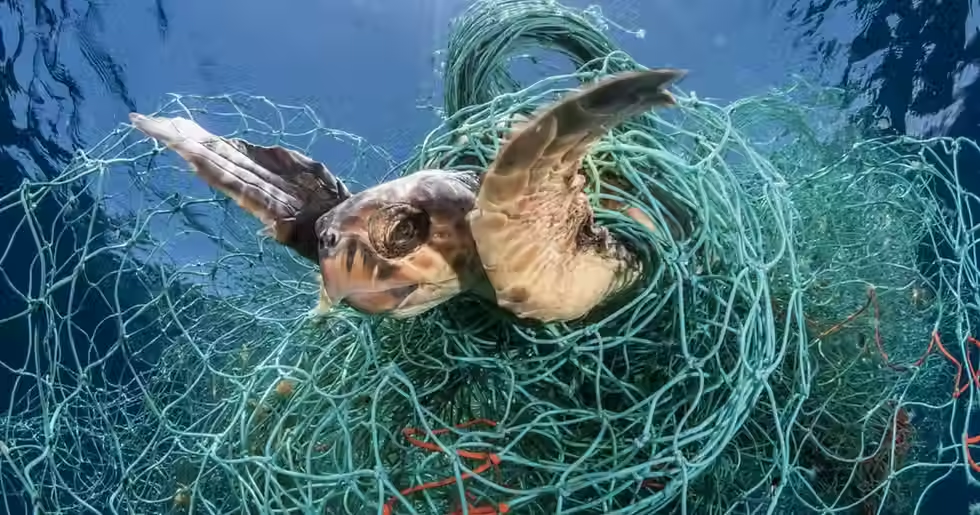The Golf Industry and Its Irresponsible Water Consumption
- Renee Wang

- Jan 15, 2021
- 3 min read
Updated: Feb 1, 2021
By Renee Wang, Grade 9
Although most avid golfers have noticed the small, black, and unassuming sprinkler heads scattered across the lush green fairways of golf courses, few realize just how much water goes through them each day in order to maintain these man-made paradises. According to NPR(1), the average golf course uses over 300,000 gallons of water each day, and in extreme cases, such as Palm Desert, CA, up to 8 million gallons a day is used due to the dry desert conditions. There are over 34,000 golf courses in the world(2), this equates to around 10 billion gallons of water being used each day just to irrigate these golf courses, while only satisfying a minuscule portion of the population who play this prestigious sport. On the flip side, with over 2 billion people in the world lacking water for at least a month a year(3), this amount of water can make a significant difference. According to USGS(4), the average adult consumes upwards of 100 gallons of water a day; therefore, 10 billion gallons of water can provide for the daily consumption of 100 million people.
Golf courses often also feel the need to overwater their fairways to maintain the bright green color that is pleasing to patrons of the course. There is a common misconception that the greener the grass is, the better quality the course. According to Adam Moeller for the USGA(8), “golfer expectations...have contributed to the idea that aesthetics, particularly lush green grass,... define good conditions”. To experienced golfers, this is a greatly problematic opinion, as it causes excessive overwatering, hoping to achieve the brilliant green that attracts golfers. Overwatering not only wastes water, it affects the firmness of the fairways, and ultimately creates muddy and wet conditions.
Many suggest that there are far too many golf courses that cater to far too small of an audience, and thus eliminating some defunct golf courses might help with water conservation. The United States has seen a consistent decline in the number of golf courses since the 1960s. According to Jared Green from ASLA(5), over the last 4 decades, 1000 golf courses have closed their doors, with the land that they had previously sat on converted to things like housing units, community areas, wildlife habitats, and other spaces.
Despite these efforts, golf as an industry is strong and will stay strong in the foreseeable future. In 2018, Forbes reported that the golf industry had contributed 84.1 Billion dollars to the US economy in 2016 alone(6). The financial stability of this industry has encouraged a focus on how water can be conserved on existing golf courses. This water conservation issue has drawn increased attention from government departments, research institutions, as well as the individual golf courses. Their studies and efforts have mainly fallen into three areas: water resource modification, course renovation, and bioengineering applications in grass and soil.
Many courses have made the shift from freshwater to reclaimed, or recycled, water.
Reclaimed water is effluent water taken from sewage, treated to remove bacteria, and made suitable for agricultural use. However, it cannot be used for golf course irrigation as easily. To implement reclaimed water for golf course use, the water, grass, and soil all need to go through extensive testing in order to prevent damaging the course. This process is both difficult and expensive. The pipes needed to carry this type of water and the related infrastructure and construction costs are also very expensive. These drawbacks deter many golf courses from using reclaimed water.
Some golf courses have also converted irrigated rough areas to out-of-play areas that need little to no irrigation. Rancho Santa Fe Country Club in San Diego, CA, has recently renovated their golf course, replacing around 15% of maintained rough and even fairway with unirrigated desert area in an effort to conserve water. Members of the club were generally very pleased with the changes. Because of the careful planning and selection of the areas to be converted, the resounding opinion was that they did not affect playability.
The irresponsible water usage of the golf industry has troubled environmentally concerned golfers for years, and efforts are being waged to solve this problem every single day. The next time you play a round of golf, look out for signs signifying the usage of reclaimed water, or the desert areas that could have wasted so much valuable water, and think about the water you have helped save.
**(1) “How Much Water Does Golf Use and Where Does It Come From?” NPR
(2) “How Much Water Does Golf Use and Where Does It Come From?” ESPN
(3) “Water Scarcity” WWF
(4) “How Much Water Do I Use at Home Each Day” USGS
(5) Jared Green
(6) “The Economic Impact Of Golf: $84 Billion In The U.S.” Forbes
(7) “Dr. Brian Shwartz discusses TIFTUF Certified Bermuda”
(8) “Irrigate for Playability and Turf Health, Not Color” Adam Moeller
Cover photo from istockphoto.com




nigger